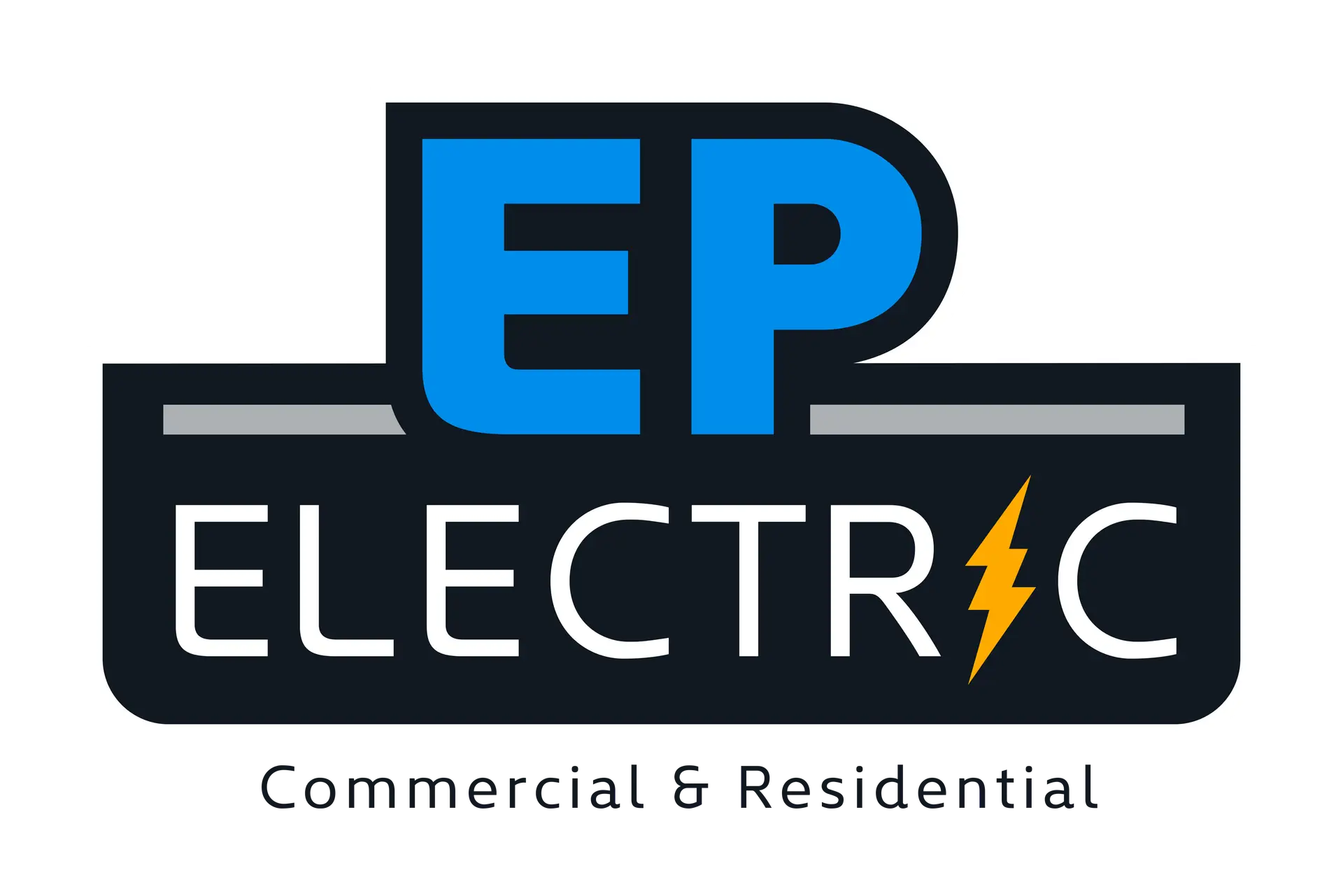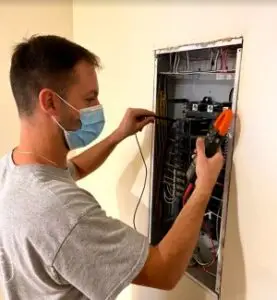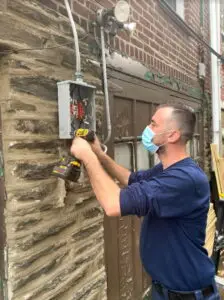Emergency Electrical Issues: A Homeowner’s Comprehensive Reference Guide
As a homeowner, it’s imperative to be well-prepared for unexpected electrical issues that may arise at any moment. Being equipped with the knowledge to identify, troubleshoot, and address these emergencies promptly can significantly minimize inconvenience and enhance safety. In this comprehensive reference guide, we will delve into various common emergency electrical issues, providing detailed insights and practical tips for homeowners to handle these situations effectively.
1. Power Outages: Investigating the Cause
A sudden power outage can be a cause for concern, often leaving homeowners in the dark, both literally and figuratively. To comprehensively investigate the cause and take appropriate action:
- Check with Neighbors: A Collaborative ApproachWhile checking with neighbors is an initial step, fostering a collaborative approach is essential. Establishing a neighborhood communication network can be beneficial for sharing information about power outages and coordinating efforts.
- Circuit Breaker Inspection: In-Depth AnalysisBeyond a simple examination, it’s crucial to conduct an in-depth analysis of the circuit breaker panel. Homeowners should familiarize themselves with the panel’s intricacies, understanding the specific circuits and their corresponding appliances. This knowledge allows for a more targeted investigation and quicker resolution.
- Contact the Utility Company: Proactive CommunicationIn addition to reporting the outage, homeowners can proactively inquire about the utility company’s emergency response procedures. Understanding how the utility company addresses different types of outages can empower homeowners with valuable information for future incidents.
2. Tripped Circuit Breakers: Identifying the Culprit
Frequent tripping of circuit breakers is not just an inconvenience; it can also be a sign of underlying electrical issues. To comprehensively address tripped breakers:
- Identify Overloaded Circuits: A Strategic ApproachBeyond merely unplugging devices, homeowners can adopt a strategic approach to identify overloaded circuits. This involves evaluating the power demands of various appliances and redistributing them across different circuits intelligently.
- Spread the Load: Systematic RedistributionRather than a simplistic redistribution, homeowners can delve into systematic load distribution strategies. This may involve categorizing appliances based on their power consumption and strategically allocating them to prevent future overloads.
- Consult a Professional: Expert EvaluationWhile the guide previously suggested consulting a professional, this expanded section emphasizes the importance of expert evaluation. Homeowners should establish a relationship with a trusted electrician for periodic assessments, ensuring the electrical system’s ongoing health and functionality.
3. Electrical Fires: Immediate Actions
Discovering an electrical fire is a homeowner’s worst nightmare, and immediate actions are paramount. To comprehensively address this emergency:
- Cut Power: Safety Precautions in DetailThe guide initially recommended cutting power, but this expanded section delves into safety precautions in greater detail. It highlights the importance of using appropriate safety gear, such as fire-resistant gloves, when cutting power to mitigate personal risk.
- Use a Fire Extinguisher: A Comprehensive ApproachBeyond the initial suggestion, this section emphasizes the importance of understanding the different types of fire extinguishers and their suitability for electrical fires. Homeowners are encouraged to undergo basic fire safety training to enhance their preparedness.
- Evacuate: Establishing an Emergency Evacuation PlanEvacuation is a critical step, and homeowners can benefit from creating a detailed emergency evacuation plan. This plan should include designated meeting points, communication strategies, and considerations for pets or family members with mobility challenges.
4. Sparking Outlets: Minimizing Risks
Witnessing sparks from an electrical outlet is not only alarming but also indicative of potential hazards. To comprehensively address sparking outlets:
- Turn Off Power: Strategic DisconnectionInstead of a straightforward power-off recommendation, this section provides insights into strategic disconnection. Homeowners are guided on systematically turning off power to the affected outlet while minimizing disruption to other areas.
- Avoid Usage: A Detailed ApproachBeyond merely avoiding usage, homeowners are educated on the potential risks associated with using the outlet even after the spark seems to have subsided. This comprehensive approach underscores the importance of professional inspection before resuming normal usage.
- Professional Inspection: In-Depth AssessmentThe initial recommendation to seek professional inspection is expanded to emphasize an in-depth assessment. Homeowners are encouraged to request a thorough examination, including the use of advanced diagnostic tools, to identify any underlying issues that may lead to future sparking.
5. Water Exposure: Taking Caution
Water and electricity are a hazardous combination, and addressing electrical issues resulting from water exposure requires a comprehensive approach. To comprehensively address water-related electrical issues:
- Turn Off Power: A Step-by-Step GuideThis section provides a step-by-step guide on turning off power when water exposure is suspected. It includes considerations for different areas of the home and highlights potential challenges that homeowners may face in emergency situations.
- Address the Source: Comprehensive SolutionsBeyond the initial recommendation to identify and address the source of water, this expanded section provides comprehensive solutions. Homeowners are guided on preventive measures, such as waterproofing vulnerable areas and addressing potential sources of leaks.
- Professional Assistance: Post-Water Exposure ProtocolsSeeking professional assistance is not only about immediate resolution but also about implementing post-water exposure protocols. Homeowners are encouraged to schedule follow-up inspections to ensure that the electrical system has fully recovered from the effects of water exposure.
6. Strange Odors: Signs of Electrical Issues
Unusual odors, especially burning smells, should never be ignored. This expanded section offers a comprehensive approach to address electrical issues associated with strange odors:
- Power Down: In-Depth Power ManagementWhile turning off power is a critical step, homeowners are provided with in-depth insights into power management. This includes considerations for isolating specific circuits, conducting a thorough inspection of electrical panels, and utilizing smart home technologies for enhanced power control.
- Investigate: Advanced Diagnostic TechniquesThe guide initially suggested investigating the source of the odor, but this expanded section introduces advanced diagnostic techniques. Homeowners are informed about modern tools, such as thermal imaging cameras, that can aid in pinpointing the exact location and cause of unusual odors.
- Professional Evaluation: Continuous MonitoringSeeking a professional evaluation is not only a one-time measure but also part of continuous monitoring. Homeowners are advised to schedule regular assessments, especially if they’ve experienced strange odors in the past, to detect potential issues before they escalate.
Conclusion
This expanded guide provides homeowners with a comprehensive reference for addressing various emergency electrical issues. By doubling the content in each section, we aim to equip homeowners with a more in-depth understanding of these emergencies and empower them to take effective action. Remember, proactive measures and continuous education are key to maintaining a safe and functional electrical system in your home.








